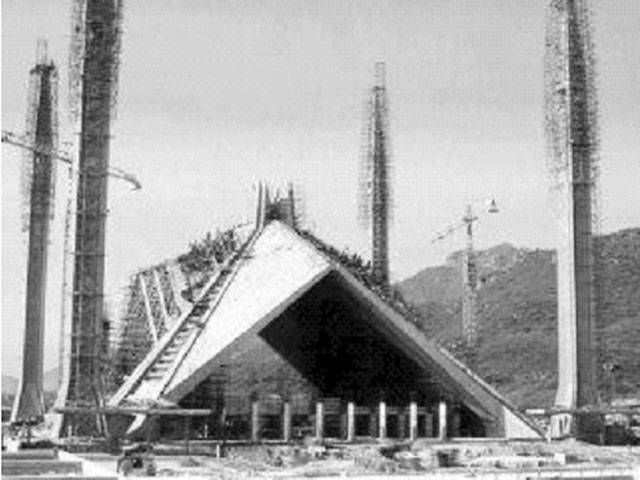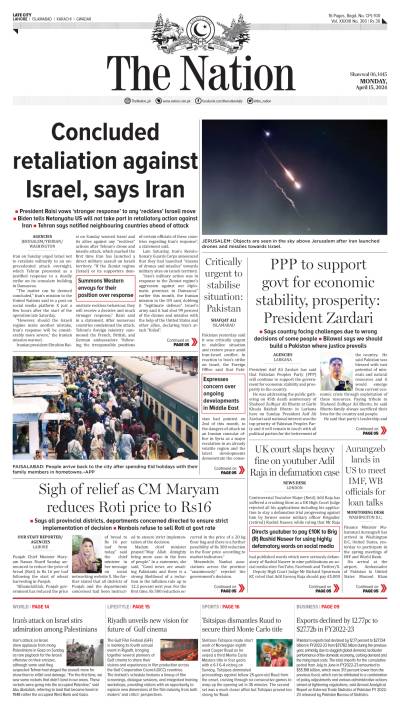“This has to be my best work yet”
–Vedat Dalokay, Architect of the Faisal Mosque.
The iconic Faisal Mosque, along with the rest of Islamabad, was envisioned and constructed during the late 1950s and most of 1960s.The partition had led huge logistical problems for the then capital of Pakistan, Karachi and the decision was made to construct a new capital somewhere more accessible to the rest of the nation. The Potowar Plateau was picked as a location with Rawalpindi in the vicinity. The government contracted a Greek firm of architects, Konstantinos Apostolos Doxiadis, which designed the master plan of the city based on a grid plan which was triangular in shape with its apex towards the Margalla Hills.
The city used to be known as a ‘ghost town’ in its earlier days when it was inhabited mostly by government officials and support staff, a fact compounded by the city’s spacious architecture. Over the years it has become a bustling city in its own right with a population of 5 million. The combined Rawalpindi-Islamabad urban area is third in the country and settlements are increasing exponentially, effectively ending the moniker of “ghost town”.






